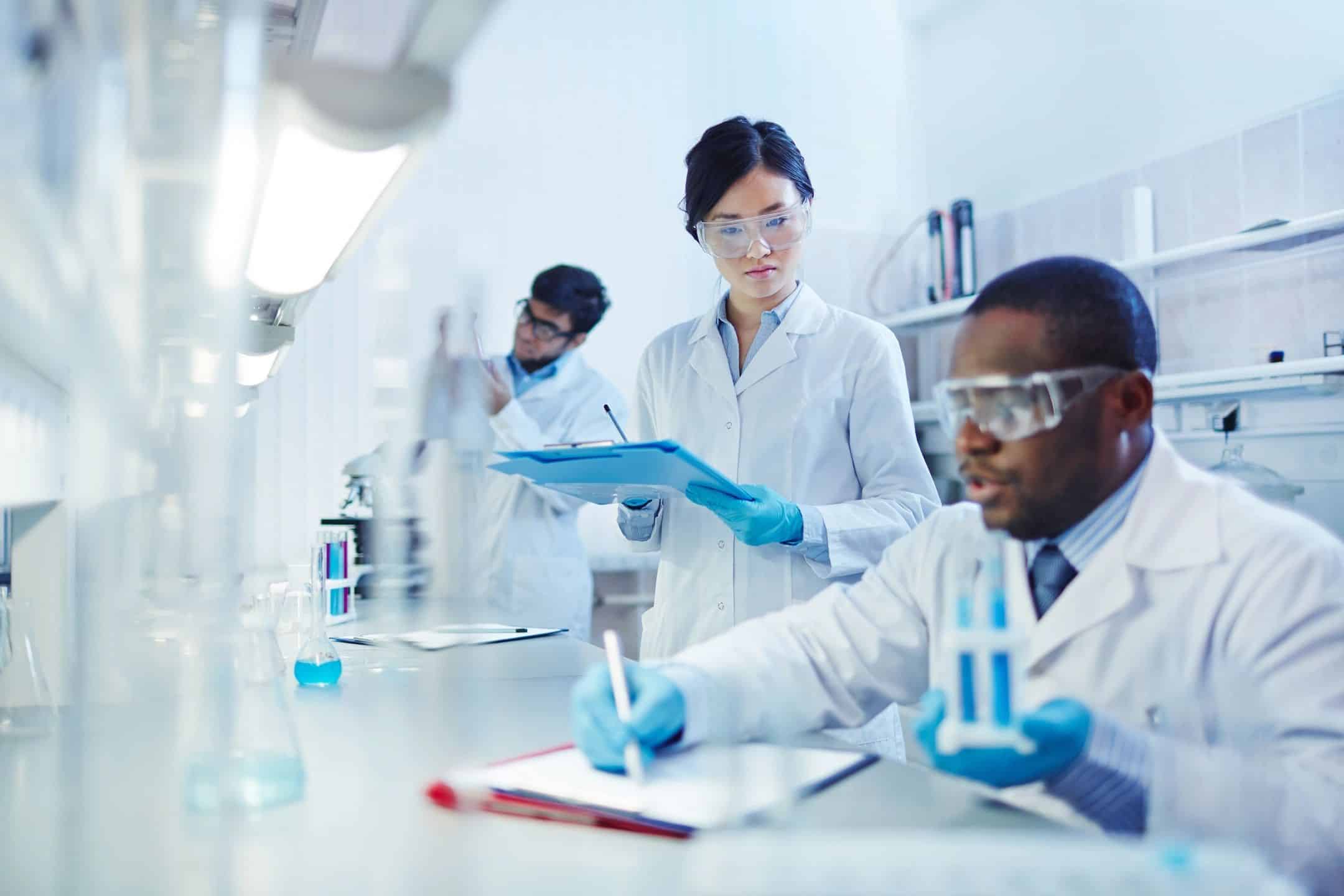
A laboratory is an essential corner stone of any pollution control programme. Water quality testing laboratory provides qualitative as well quantitative data. Traditional method of testing water quality in laboratories is a lengthy procedure but gives accurate results.
For generating valuable data with desired accuracy and to quantify concentration of components present in sample, a laboratory should have desired facilities and capabilities to achieve the goal. To obtain this, guidelines have been set by Central Pollution Control board (CPCB).
To start and recognize water testing laboratory in India CPCB has set guidelines for Recognition of Environmental Laboratories Under the Environment (Protection) Act, 1986.
The guidelines mention the procedures and requirements for everything from setting up a laboratory to getting it recognized and accredited.
Learn More About Drinking Water Testing Laboratory
The laboratory should have proper ventilation and lighting, equipment/instruments, continuous water and power supply, proper spacing and furnishing, etc.
Below mentioned pointers are some of the basic criteria required to start and recognise any water testing laboratory.
This should include good spacing, proper ventilation and lighting, store rooms, fume hoods, sinks, safety equipment like – eye basins, showers etc.
Laboratory building must have proper space for carrying out activities like Physico-chemical analysis and Microbiological examination separately.
Read here Ways to Save Water in Industry or Offices
The emphasis should be given to provide suitable laboratory work environment with safety. The furniture used must be of non-corrosive nature.
The Laboratory shall maintain sufficient analytical and support instruments and the inventory list of instruments/equipment should be maintained. This list should include points as mentioned below.
Read more about Functions of Environmental Laboratories
Regular maintenance of instruments should be carried out and a log book should be used to record all maintenance issues and corrective actions. A document should also be maintained where the frequency of maintenance for each instrument is mentioned; daily, monthly, annually, etc.
Borosilicate glass should be used for analytical purpose as it is relatively inert. For collecting of water samples plastic bottles of polythene or polypropylene should be used. Amber or dark coloured bottles should also be made available for storing photo-reactive solutions.
What is Wastewater Treatment? Read here
Chemicals of Analytical reagent grade (AR) or Guaranteed reagent grade (GR) should be used.
Wash basins, showers, Eye wash and fire fighting equipment should be installed in laboratory. With this protective equipment as appropriate should be used.
Accreditation can be defined as formal recognition that a testing laboratory is competent to carry out specific tests.
After setting up of water testing laboratory as mentioned by guidelines of CPCB one can follow the following procedure to get the laboratory recognized by CPCB.
After getting recognized by CPCB one might also go for accreditation from NABL (National Accreditation Board for Testing and Calibration Laboratories). In order to achieve this objective, NABL criteria should be followed which are based on internationally accepted standards and guidelines such as ISO/IEC Guide 25, etc.
Recognition from CPCB and/or NABL provides a ready means for customer to find reliable testing and calibration services and thus has number of benefits in terms of customer satisfaction, reliability, savings and profits.
Water shortage is one of the major problems the World is facing and during these days of water scarcity and pollution, the Water Testing Laboratories play a major role in pollution control programmes. These labs helps us analyse the quality of any water be it drinking water or the water from a polluted river. It helps us understand the scenario and thus gives a way to fight and curb pollution along with protecting ourselves and our environment from polluted water.
Read more about Surface Water Monitoring